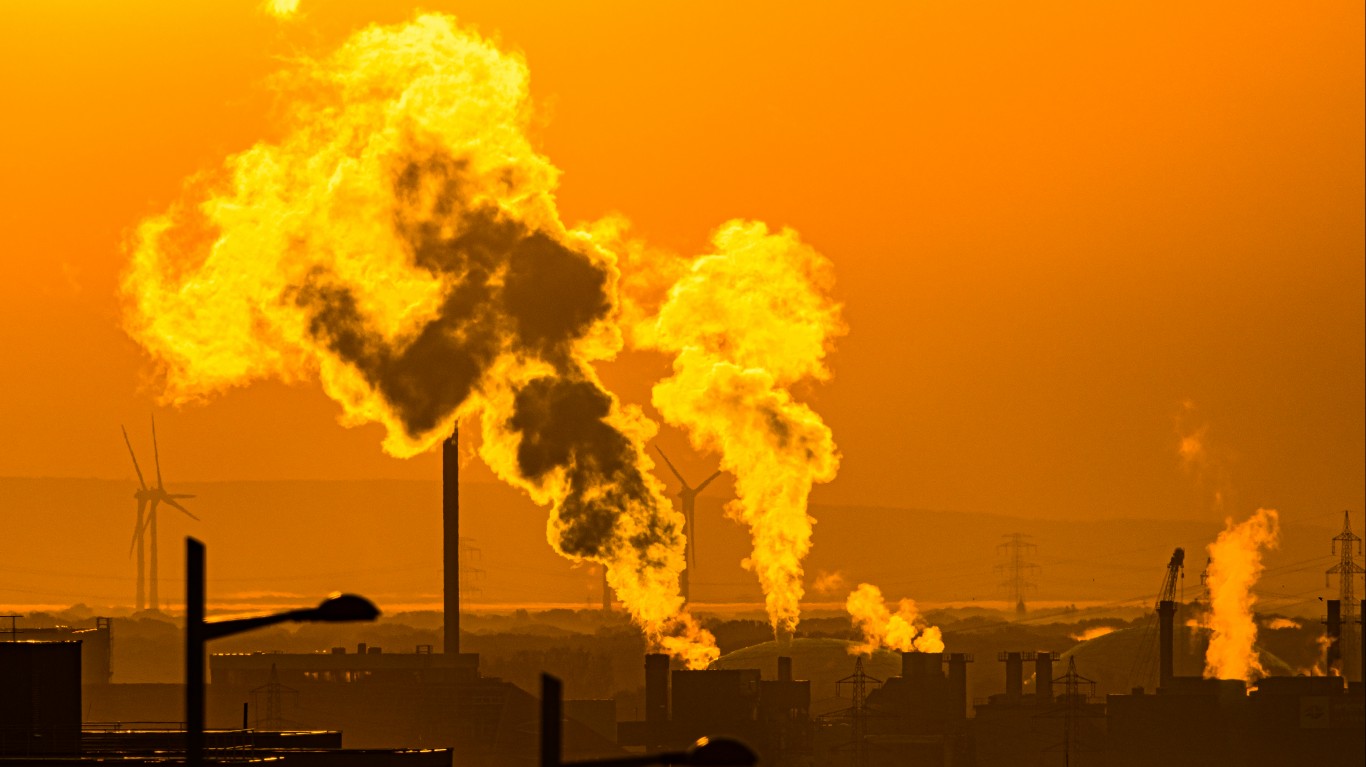
With each passing year, the effects of climate change become seemingly more obvious. According to NASA, June 2023 was the hottest June on record for the planet. In the United States, this summer has so far been marred by severe flooding in Vermont, record breaking heat waves in Arizona and Florida, and intermittent air quality alerts across much of the country resulting from thousands of wildfires in Canada. Experts have linked each of these events to man-made climate change.
Despite the increasingly destructive effects of climate change, the United States continues to pump billions of metric tons of carbon dioxide into the atmosphere every year. Notably, through the Inflation Reduction Act, signed into law in August 2022, the Biden administration took unprecedented action to address the climate crisis, allocating nearly $370 billion to the effort. The new law is a crucial step to realizing the administration’s goal of cutting U.S. greenhouse gas emissions in half by 2030. (These are the 25 countries emitting the most Co2.)
Still, it may take years before any meaningful results are realized. Using data from the EIA, 24/7 Wall St. identified the states driving up greenhouse gas emissions the most. We ranked all 50 states by the percent change in total energy-related carbon dioxide emissions between 2020 and 2021, the latest years of available data. The sources of carbon emissions include commercial, industrial, transportation, residential, and power generation.
From 2020 to 2021, America’s energy-related carbon emissions jumped by 6.9%, or nearly 317 million metric tons. Mississippi, Virginia, and Wyoming are the only three states to report an improvement in greenhouse gas emissions from 2020 to 2021. Among the remaining states, carbon emissions climbed by anywhere from 1.4% to 16.2% over the same period.
Encouragingly, the most recent national increase in carbon emissions may have been an anomaly. In 2020, America’s carbon footprint was reduced by the COVD-19 pandemic, as shelter-in-place policies reduced demand for energy and the burning of fossil fuels. By 2021, however, rising demand for consumer goods, increased use of coal in the face of rising natural gas prices, and vaccinations that allowed many to return to a more normal way of life resulted in a spike in carbon emissions.
Longer-term trends in U.S. greenhouse gas emissions further support this argument. Over the five years from 2017 to 2021, carbon emissions fell in all but eight states, declining by 5% or more in nearly half of all states. (Here is a look at the worst states driving the climate crisis.)
Click here to see the states where carbon emissions are going up the most.





